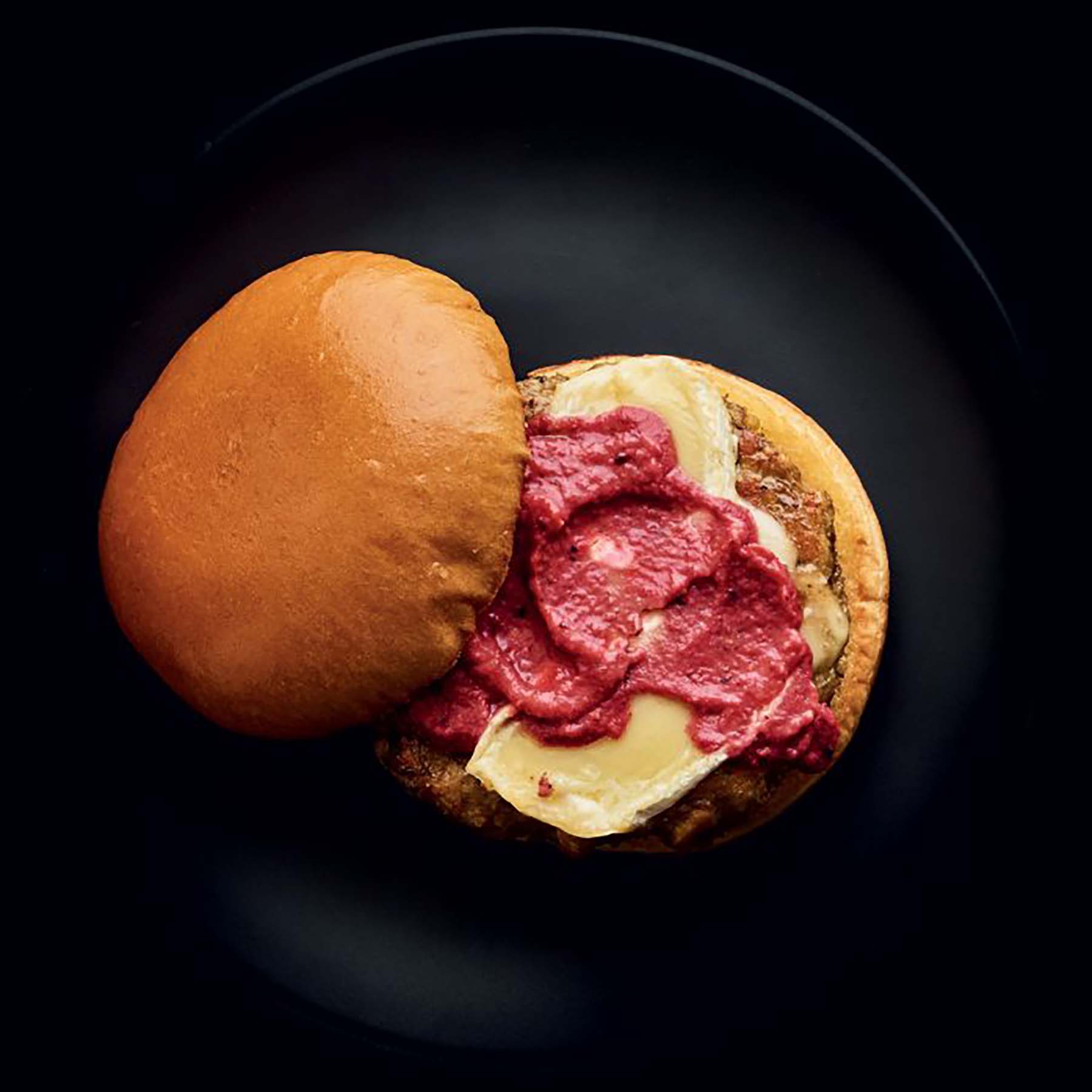Chef James Briscione, ICE’s Director of Culinary Research, has a healthy obsession with flavor pairings. So much so that he and wife Brooke Parkhurst, a writer, cook and ICE recreational instructor, teamed up to write, “The Flavor Matrix: The Art and Science of Pairing Common Ingredients to Create Extraordinary Dishes.”
Chefs who have gotten their hands on this groundbreaking ingredient-pairing guide are singing its praises. Said acclaimed chef and restaurateur Daniel Boulud, “This comprehensive book is a great tool for any student looking to strengthen his or her knowledge of ingredients, flavors and textures. The opportunity to study and understand the science of these elements is a great advantage to today’s generation of cooks. They should all make use of it!”
In between classes at ICE, where Culinary Arts students enjoy daily face time with ICE’s resident flavor master, we caught up with Chef James to chat about his forthcoming book.
What was your motivation in writing “The Flavor Matrix”?
This project really began right at ICE when we were working with IBM on the Chef Watson project. Through our work with Chef Watson, I started to learn about the critical role aromatic compounds play in creating flavor in food. And further, how these compounds could be predictors for exciting new ingredient pairings. Understanding these concepts helped me grow exponentially as a cook and in my own creativity in the kitchen.
I wanted to continue learning about this science and exploring these, so I set out to find resources for this information and realized that they did not exist. I decided then that I had to create it.
How did your work with IBM’s Watson change your approach to flavor pairing?
Working with Watson gave me the ability to see hidden connections between ingredients created by chemical compounds — links I never would have been able to decipher through simple tasting or smelling. Learning about these connections forced me to put aside all of the preconceived notions I had about what ingredients “go together.” It forced me to start from a completely blank slate. Approaching the cooking process in this way actually fed my creativity, leading me to be more thoughtful about each ingredient and how I used it.

As a chef and culinary school instructor, which cookbooks do you rely on again and again?
It’s a wildly varied list! I often look to Alfred Portale’s “12 Seasons Cookbook” for seasonal cooking inspiration. Also Paul Bertolli’s “Cooking by Hand” because of the deep, thoughtful and passionate approach he has to cooking, and it’s a rich guide to modern Italian cuisine. Typically, when I turn to a book it is to understand the question of why something is happening in cooking — understanding the why answers dozens of other questions that may come up along the road. My favorite resources for those questions are “Ideas in Food” by Aki Kamozawa and H. Alexander Talbot, and “On Food and Cooking” by Harold McGee.
Tell us about your process — how did you go about planning, testing and writing this cookbook?
It was an incredibly complex process. We set out to create something that had never been done before. This book took nearly two years to create. It began with a deep dive into the physiology of flavor and taste. Then I had to learn the chemistry of flavor well enough to explain it to others.
Next I had to conceptualize how to convey flavor profiles to readers. I finally settled on the Flavor Matrix. The matrix is a visual representation of the aromas that make up the flavor of an ingredient or category of ingredients. I like to describe each matrix as a “fingerprint” of an ingredient’s flavor profile, meaning that each matrix is unique to the specific ingredient and no two are identical.
After creating the template for the matrices, we independently researched each ingredient for basic information like growing season, genetic relations, native climate, taste profile, etc. Next, we created pairings and then scores for each pairing (60-80 per matrix). We did over 4,000 calculations to generate the data for the matrices. Then I worked with a data visualization specialist in the Netherlands to help bring the Flavor Matrix to life.
Can you share with us your most unusual or surprising flavor pairing?
Some of my favorites are:
- Blueberry and Horseradish
- Chicken, Mushroom and Strawberry
- Asparagus and coconut
- Blueberry and cumin
- Cauliflower and fig
- Truffle and vanilla
- Caramel and fish sauce
- Carrot and coffee
- Venison and pineapple
- Oyster and pomegranate
“The Flavor Matrix” will be available on Amazon on March 6, 2018.
Want to study the culinary arts at ICE? Learn more about our career training programs.




